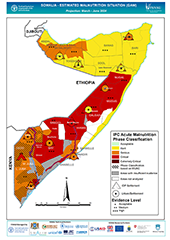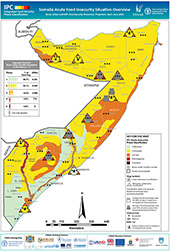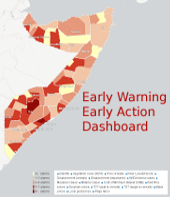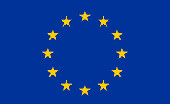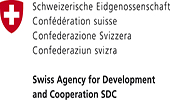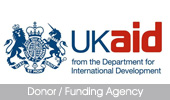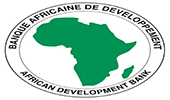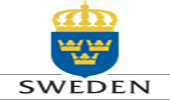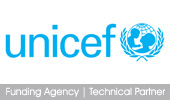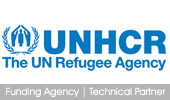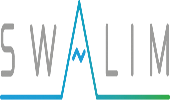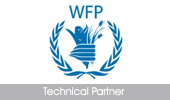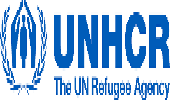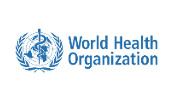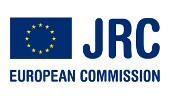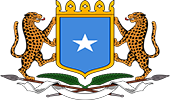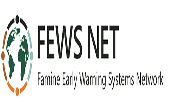Analytical Approach / Methodologies / Livestock
Livestock
FSNAU's Livestock Analysis: Pastoralism and trade of livestock remains the principal livelihood for a majority of Somalis and accounts for roughly 80% of export earnings annually. FSNAU closely monitors the livestock sector and its impact on livelihoods and food security. Pastoralist seasonal migration is monitored along with the climatic situation (which usually determines where pastoralists will go to graze their livestock). FSNAU monitors livestock sale price for local and export-quality livestock at major and local markets. This analysis is combined with FSNAU's Baseline Livelihood Analysis to determine the impact of change in the livestock sector to livelihood security. FSNAU livestock sector analysis includes:
- Monthly export figures (Berbera, Bosasso)
- Weekly/monthly market prices (all regions)
- Trend and Impact Analysis on Livelihoods (Terms of Trade)
- Seasonal migration and impact (along with climatic studies) - this includes cross-border migration
Importance of Livestock Sector to Food and Livelihood Security
The livestock sector is the largest contributor to Somali livelihoods with over 65% of the population engaged in some way in the industry. Livestock, the largest export from Somalia.
Exports of livestock and their products account for 80 percent of exports in normal years but exports have been periodically interrupted by droughts and international bans. Despite the ban imposed by Saudi Arabia in 2000, livestock exports continue to be the largest traded commodity for Somalia. Livestock are shipped to various countries in the Arabian peninsula, and trekked or transported to markets in Kenya, Djibouti, and Ethiopia. Livestock also enter Somalia through the borders with Ethiopia and Kenya. Furthermore, livestock is a key local consumption commodity for household food security.
Pastoralists exist throughout Somalia with high concentrations of strict pastoralists in the north and central areas and pastoralists and agro-pastoralists in the southern areas. Throughout greater Somalia (including areas of Ethiopia and Kenya), rainfall patterns force a complex series of movements in search of grazing-land between the different seasons.
FSNAU researchers and analysts focus on livestock production and trade, body condition and productivity local market prices, exports through Bossaso and Berbera, the impact of the prolonged drought on the pastoral livelihoods, issues of water and range conditions and migration trends.
FSNAU's Livestock Data
Livestock price data are collected from approximately 36 Market throughout Somalia since 1998. Local market prices are collected in the Somali Livelihood Indicator Monitoring System (SLIMS) from February, 2005. Price data include local and export quality livestock of cattle, sheep, goats, camels, as well as livestock related commodities such as ghee, camel and goat milk.
Livestock export figures from Berbera and Bosaso ports have been collected since 1991 and 1994 respectively.
FSNAU Products from Livestock Sector Analysis
- The Market Data Update (FSNAU/FEWSNET) issued monthly, provides livestock market price data and trends. This monthly publication presents a compilation of graphical market analysis from the 36 major markets that FSNAU produces and regularly analyzes as part of its monitoring system.
- The Monthly Food Security and Nutrition Brief includes livestock sector analysis This article presents a current situational analysis of the livestock sector in Somalia covering regional analysis of current seasonal livestock-related activities and climactic relevance.
- The Somali Livelihood Indicator Monitoring System (SLIMS) provides market price data (cattle, camel, goat, sheep, milk) collected in 75 local markets (February, 2005-current).
